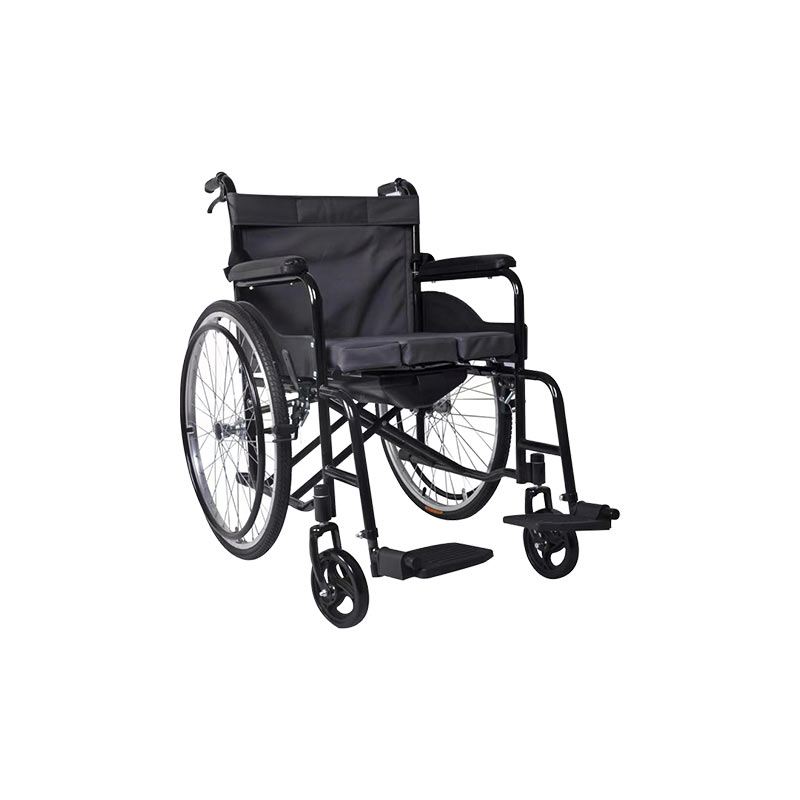What are the advantages of medical wheelchairs over ordinary wheelchairs?
2025-05-07
As an auxiliary tool designed for patients or people with special needs, medical wheelchairs have significant advantages over ordinary wheelchairs. Medical wheelchairs pay more attention to ergonomics and medical needs in structural design. Through adjustable backrests, armrests and footrests, they can better adapt to the user's physical condition. For example, for patients with spinal injuries or postoperative rehabilitation, medical wheelchairs can adjust the sitting angle through tilting or lifting functions, effectively disperse body pressure and reduce the risk of bedsores, which is a delicate support that is difficult to achieve with ordinary wheelchairs.
The material selection and manufacturing process of medical wheelchairs often follow medical-grade standards, such as antibacterial fabrics, corrosion-resistant metal frames, and tire systems with better cushioning performance, which can ensure hygiene, safety and durability in long-term use, especially suitable for high-frequency use scenarios such as hospitals and rehabilitation centers.
Medical wheelchairs have stronger functional expansion and can be equipped with special accessories such as oxygen cylinder holders, infusion poles, and bedpans to meet the treatment or care needs of special patients during movement. For example, patients with poor cardiopulmonary function may need oxygen at any time, but ordinary wheelchairs cannot easily integrate such equipment due to structural limitations.
The high adaptability of medical wheelchairs is also reflected in their tolerance of complex physical conditions, such as the unilateral drive system designed for hemiplegic patients or the electric lifting function configured for severely disabled people. These designs break through the limitations of ordinary wheelchairs and truly realize the "patient-centered" care concept.
The stability and safety of medical wheelchairs are also more prominent. The wide wheelbase design, multiple brake devices and adaptability to rugged terrain can significantly reduce the risk of accidents during movement. It can be said that medical wheelchairs are not only a means of transportation, but also a professional solution in the medical system to improve the quality of life of patients and promote the rehabilitation process.


